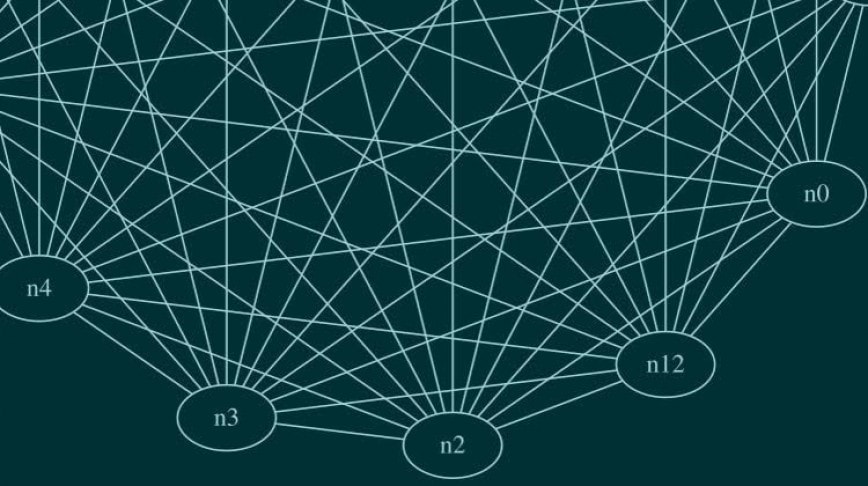
Database Golden Rules: When (and Why) to Break Them
January 16, 2019
Eno Future Proofs Oracle Health Insurance Back Office
January 17, 2019Oracle Java Card Boosts Security for IoT Devices at the Edge
Java Card 3.1 enables multi-cloud authentication and quickly deployed security to connected devices
Redwood Shores Calif—Jan 16, 2019

Wearable and consumer electronics are increasingly used for sensitive applications such as Near Field Communication (NFC) ticketing and payments, as well as tracking health data.
Oracle today announced the general availability of Java Card 3.1, the latest version of one of the world’s most popular and open application platform used to secure some of the world’s most sensitive devices. This extensive update provides more flexibility to help meet the unique hardware and security requirements of both existing secure chips and emerging Internet of Things (IoT) technologies. New features introduced with this release address use cases across markets ranging from telecom and payments to cars and wearables.
Java Card technology provides a secured environment for applications that run on smart cards and other trusted devices with limited memory and processing capabilities. With close to six billion Java Card-based devices deployed each year, Java Card is already a leading software platform to run security services on smart cards and secure elements, which are chips used to protect smartphones, banking cards and government services.
Java Card introduces features that make applications more portable across security hardware critical to IoT. This enables new uses for hardware-based security, such as multi-cloud IoT security models, and makes Java Card the ideal solution for tens of billions of IoT devices that require security at the edge of the network.
Emerging Applications for Java Card include:
- Smart meters and industrial IoT Increasingly sophisticated IoT smart meters and IoT gateways use Java Card to authenticate smart city and corporate services while protecting individual device credentials.
- Wearables – Wearable and consumer electronics are increasingly used for sensitive applications such as Near Field Communication (NFC) ticketing and payments, as well as tracking health data. Java Card helps to meet the security requirements of these devices while allowing the flexibility to add and update services.
- Automotive – Car manufacturers can use strong Java Card-based security to help protect vehicle systems and sensitive data from physical and network attacks.
- Cloud connected devices – Java Card in connected devices can enable access to 5G or NBIoT networks and offer strong authentication for the IoT cloud.
“Connected devices’ volumes are expected to increase in the upcoming years, posing an increasingly complex challenge as growth adds system complexity to the infrastructure handling device data,” said Volker Gerstenberger, President and Chair of the Java Card Forum. “Java Card 3.1 is very significant to the Internet of Things, bringing interoperability, security and flexibility to a fast-growing market currently lacking high-security and flexible edge security solutions.”
New features and capabilities include:
- Deployment of edge security services at IoT speed – Java Card 3.1 allows the development of security services that are portable across a wide range of IoT security hardware, helping reduce the risk and complexity of evolving IoT hardware and standards. A new extensible I/O model enables applications to exchange sensitive data directly with connected peripherals, over a variety of physical layers and application protocols.
- Dedicated IoT features – Java Card 3.1 introduces new APIs and updated cryptography functions to help address the security needs of IoT and facilitate the design of security applications such as device attestation. Uniquely, Java Card in IoT devices enables deployment of security and connectivity services on the same chip. Multiple applications can be deployed on a single card and new ones can be added to it even after it has been deployed.
- Developer enhancements – Java Card includes a set of unique tools for developing new services and applications. An extended file format simplifies application deployment, code upgrade and maintenance. API enhancements boost developer productivity and the memory efficiency of applications in secure devices.
“Java Card is already used and trusted as a leading security platform for countless devices in the multi-billion-dollar smart card and secure element industry,” said Florian Tournier, Senior Director for Java Card at Oracle. “The 3.1 release enables the rollout of security and SIM applications on the same chip, allowing those services to be used on a large spectrum of networks from NB-IoT to 5G, and on a wide range of devices.”
To learn more about Java Card technology, please visit https://www.oracle.com/technetwork/java/embedded/javacard/overview/index.html.
Contact Info
About Oracle
The Oracle Cloud offers complete SaaS application suites for ERP, HCM and CX, plus best-in-class database Platform as a Service (PaaS) and Infrastructure as a Service (IaaS) from data centers throughout the Americas, Europe and Asia. For more information about Oracle, please visit us at www.oracle.com.
Trademarks
Oracle and Java are registered trademarks of Oracle and/or its affiliates. Other names may be trademarks of their respective owners.





